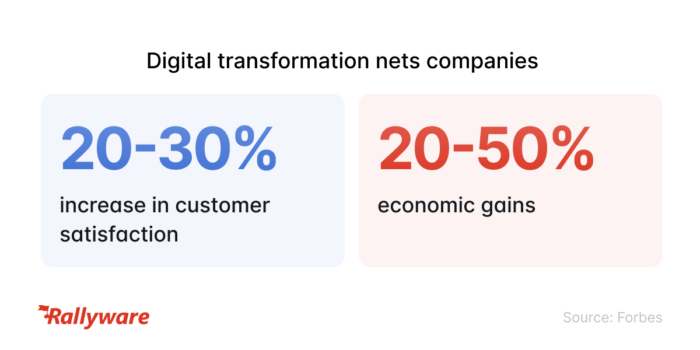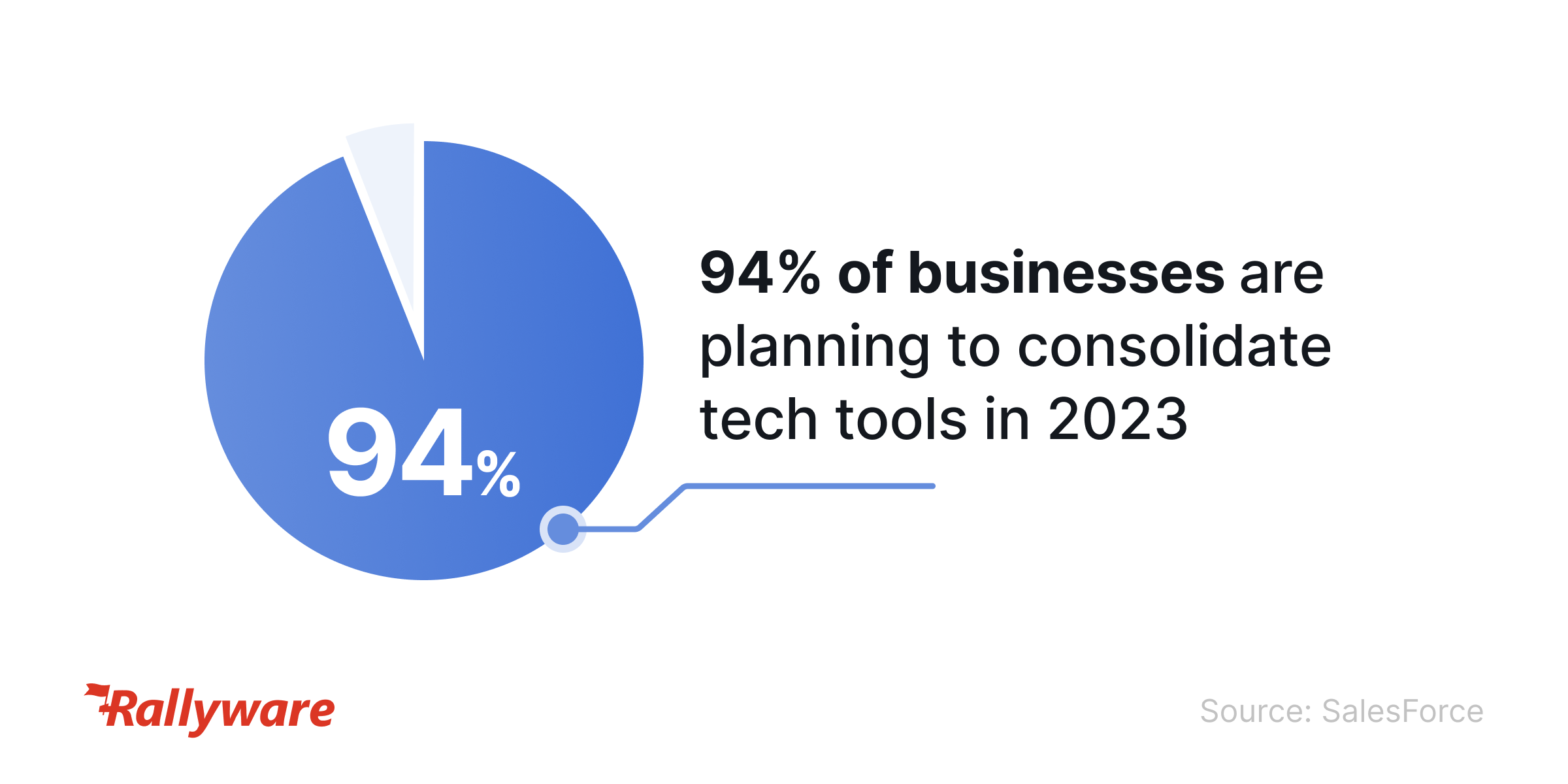Driving Digital Transformation of Enterprises through 2023
3 Ways to Increase Workforce Productivity with Digital Strategy
Business strategy is the set of plans and decisions that a company makes to achieve its long-term goals and objectives. It involves analyzing the company’s current situation, identifying opportunities, obstacles, and threats in the market, and determining the best course of action to achieve sustainable growth and increase workforce productivity and performance.
For companies with large sales forces, like retail and direct selling, business strategy involves defining the company’s target market, workforce composition, value proposition, and advantages vis-a-vis competitors. It also requires determining the company’s resources and capabilities, and deciding how best to allocate those resources to achieve its objectives.
Effective business strategy for workforce performance takes into account both internal and external factors, such as the company’s strengths and weaknesses, market trends, customer needs, and regulatory environments. When developing business strategy, companies must assess risks and uncertainties, and develop contingency plans to mitigate them.
Today, companies’ business strategies have to incorporate the question of digital strategy to increase workforce productivity. Digital strategy involves the question of how to use digital technology to boost business strategy, and how this strategy gets affected by the addition of digital technologies. It’s a more modern version of the traditional business strategy.
According to Forbes, digital transformation nets companies a 20-30% increase in customer satisfaction and economic gains of 20-50%. Why wouldn’t you then strategize to optimize the transformation process?

The question is how digital strategies can work to increase workforce productivity and thus core KPIs like conversions and revenue.
What Exactly Is Digital Strategy for Workforce Productivity?
Digital strategy is the process of using digital technologies and channels to achieve an organization’s goals, whether that’s workforce productivity for direct selling, retail, insurance, or some other channel. It involves identifying opportunities for using digital technologies to improve business processes, engage with customers, and create new products and services.
A digital strategy requires defining the organization’s digital goals, identifying its target audience, analyzing market trends, and determining the best digital channels to reach its audience. The organization must determine its current digital capabilities, identify any gaps, and create a plan to bridge those gaps.
The strategy may include processes such as website design and development, social media marketing, search engine optimization (SEO), email marketing, mobile app development, and data analytics. It may also involve using emerging technologies such as artificial intelligence, machine learning, and blockchain to improve business processes and create new value propositions.
A well-executed, thought-through digital strategy can help organizations to enhance their brand image, increase customer engagement, improve operational efficiency, and generate new revenue streams. One of the crucial parts of digital strategy is using the organization’s productivity and performance software to drive more revenue or create new revenue sources.
Tip #1: Develop Buy-In from the IT Department
Traditionally, tension exists between the IT department and digital strategists. Why? Their imperatives are different. The IT department is responsible for transforming technologies based on what they consider most efficient, in isolation from other considerations.
On the other hand, digital strategists for the business have other considerations–innovating the line of business; improving customer service and customer experience (CX) delivery; increasing profit margins; and the full complexity of risks and opportunities in the market.
These perspectives aren’t necessarily in opposition! But they do have to be reconciled, to an extent, in order to increase workforce performance. The IT team will sometimes be resistant to digital strategy for various reasons, not least because tech platforms could automate some of their work via Software as a System (SaaS) cloud-based technologies.
So for leadership, it’s important to speak openly about changes in digital strategy with the IT team and develop their buy-in by answering their questions and giving any concerns full shrift. This doesn’t mean changing the direction of strategy to accommodate them. Rather, it means having open lines of communications and helping them feel heard. After all, IT leadership will be in charge of implementing the hardware part of digital strategy, if there is one. So their consent is important.
Tip #2: Consolidate Tech Tools to Increase Workforce Productivity
This one is important in driving workforce performance. If you’re juggling multiple vendors in a single tech stack, what you gain in composability, or the ability to add and remove different applications at will, you lose in (a) cost overruns and (b) a diffusion of user experience for the sales force/workforce.
Thus, we encourage you to seek out platforms that consolidate tech tools in a single framework or architecture. Even better if these tools are integrated with each other smoothly to transfer data between solutions. If possible, reduce your tech stack to one main vendor, with the whole portfolio of solutions under one umbrella. This means fewer platforms to manage, lighter expenses, fewer headaches, and a more coherent user experience. Consolidation is the wave of the future. There’s a reason that Sales Force says that 94% of businesses are planning to consolidate tech tools in 2023.

For cost-efficient digital strategy at a time of cutbacks, consider tech consolidation.
Tip #3: Leverage Rewards & Recognition to Increase Workforce Productivity and Performance
Lastly, Rewards and Recognition tools should make up a significant portion of your digital strategy. Many organizations implement Learning & Development and CRM tools without wrapping them, as part and parcel of their digital strategy, in Rewards and Recognitions solutions. Such solutions can help stimulate workforce engagement even as the sales force uses other tools to be productive and upskill. For instance, if a workforce member, Julia, receives a badge for weekly sales, then Julia is more likely to continue to use the platform and be productive. Cognitively, she ties her efforts to rewards, and her efforts to concrete goals.
Though this might not appear to have direct financial impact in the same way as upskilling and customer relations tools, this is not quite correct. Rewards and Recognitions tools increase workforce performance by helping the workforce visualize their goals and progress. These tools show Julia how far she has to go toward her objectives. They help her strategize. They enable her for success.
When planning digital strategy for workforce performance, always consider adding Rewards and Recognition tools to the tech stack. They can wrap around other tools, integrating with them, and increase those tools’ effectiveness.
Conclusion: Digital Strategy and Workforce Performance Go Hand in Hand
Arguably, if you’re not using digital strategy to increase workforce performance, you’re missing the point. The focus of digital strategy is to use digital technology to improve the business’s flexibility and dynamism, drive customer relationships and satisfaction, and innovate in products and services. Workforce performance is the underlying factor in all of those, particularly when the workforce is a sales force. Your sales force is the face of your organization and the digital strategy should be empowering them for success. That’s the bottom line, if you want to grow your bottom line.
Click here for your demo and see how Rallyware helps enterprises with large sales forces cut expenses, drive revenue, and transform operations.
News and Insights on Workforce Training & Engagement
We’re among top-notch eLearning and business engagement platforms recognized for effective training and talent development, helping to empower distributed workforces
Subscribe
